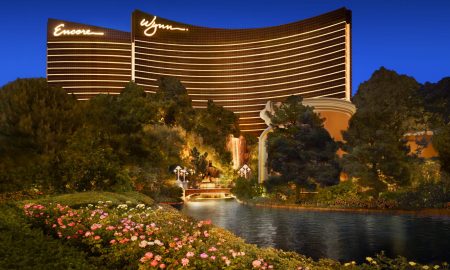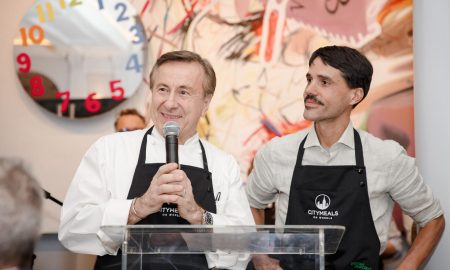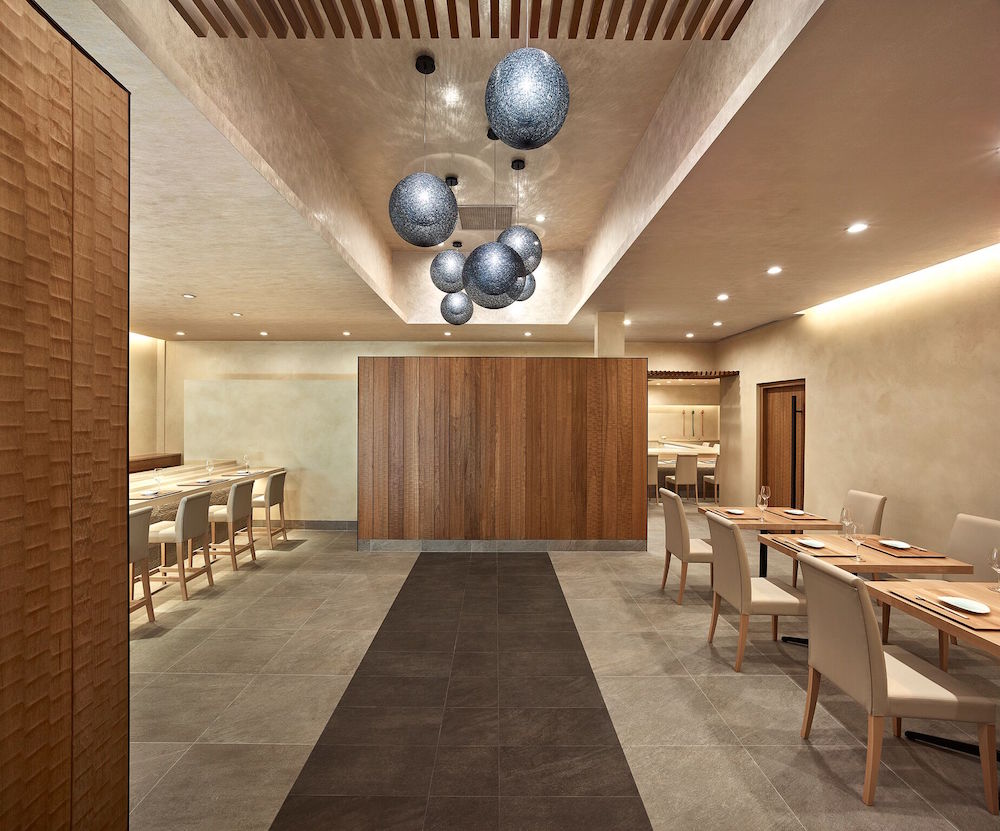
Photo Credit: Adrián Gregorutti and assistant Allison Regan
Japanese mogul Kenzo Tsujimoto, at 75, is one the world’s most successful video game publishers and owner of Napa’s Kenzo Estate and its premium wines. Among his many talents, he has the remarkable ability to reshape something small into something unparalleled. He first parlayed a confectionery store into an internationally known video game publisher, Osaka-based Capcom. Much later, he purchased 3,800 acres of Napa land, an area known as Wild Horse Valley that was once the center of equine culture on the West Coast, and converted it into a stunning estate that crafts superb wines.
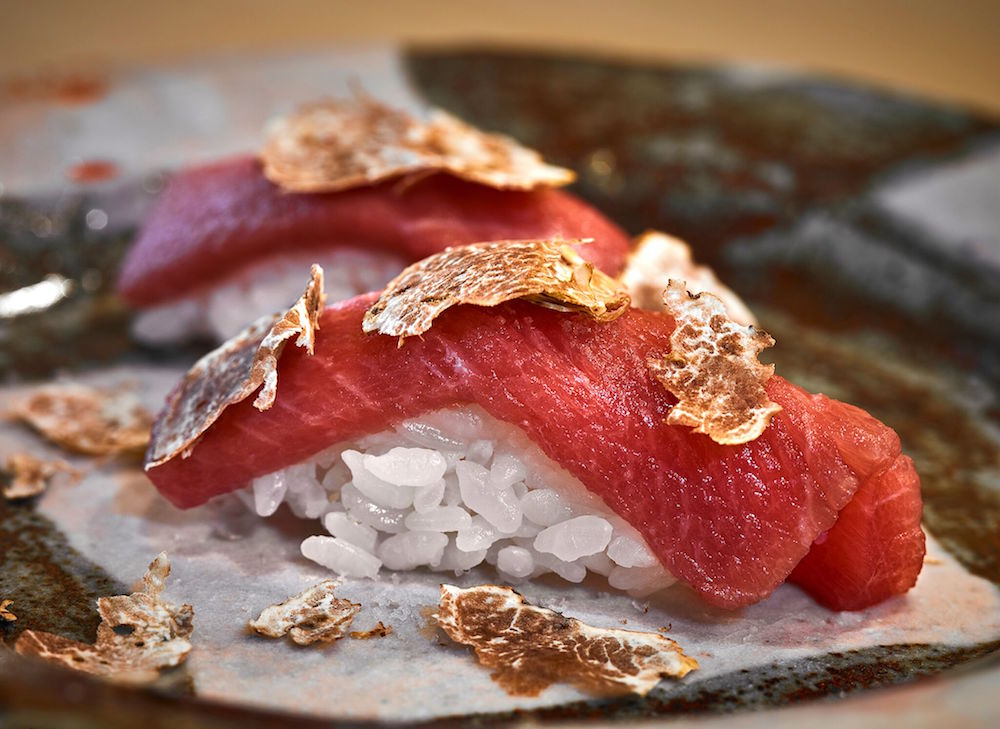
Photo Credit: Adrián Gregorutti and assistant Allison Regan
With his latest project, he’s turned a cozy downtown Napa eatery into Kenzo, an intimate, upscale, prix-fixe restaurant with only 27 seats serving sushi and kaiseki, or multicourse Japanese haute cuisine. As Tsujimoto’s first signature restaurant in the United States, Kenzo is unlike anything Napa has ever seen. Meant to cater to the culinary elite, those who visit the valley to dine at the French Laundry and The Restaurant at Meadowood, Kenzo is a joint project of Tsujimoto; his wife, Natsuko; and renowned sushi chef Hiroyuki Kanda of Tokyo.

Photo Credit: Adrián Gregorutti and assistant Allison Regan
Michelin has bestowed three stars on chef Kanda’s namesake Tokyo restaurant for nine years running. Now he’s bringing to the valley the same exceptional Japanese haute cuisine, but fused with innovative techniques that make use of local ingredients. Diners at Kenzo can choose from three kaiseki menus—one of which focuses on sushi. Nine-course premium kaiseki isn’t what you’d find at a typical Japanese-American restaurant, but you’ll find it at Kenzo. From its luxurious Pearl Street quarters, Kenzo brings a Michelin pedigree and exceptional cuisine to Napa’s fine dining community.
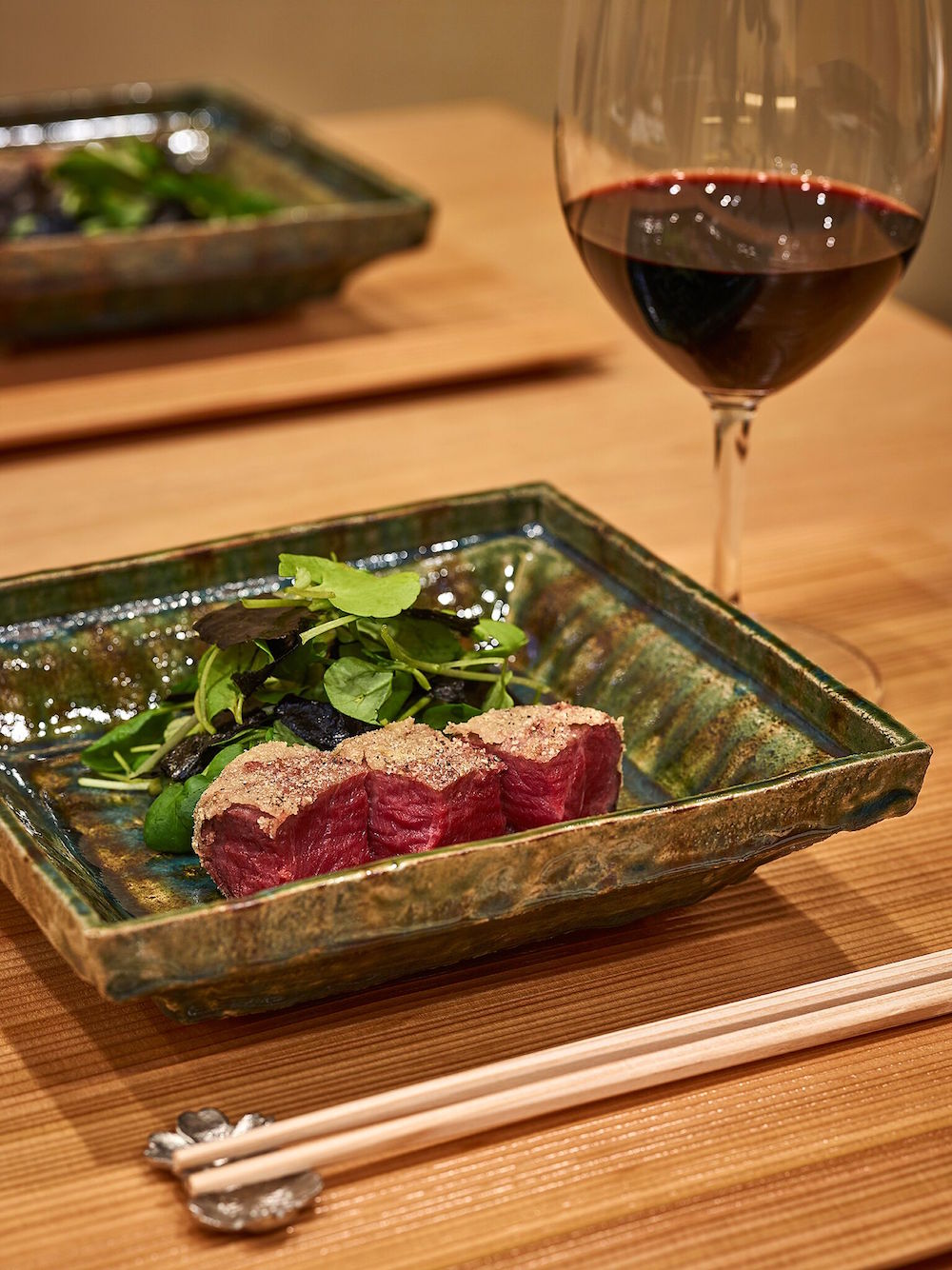
Photo Credit: Adrián Gregorutti and assistant Allison Regan
The eatery’s thoughtful dishes are nuanced, flavorful, well-balanced, and delicious. Plump pieces of crisp Maine lobster come in a hand-painted covered bowl. Diners remove the plate and are delighted to find the lobster and autumn vegetables inside coated in a foamy, creamy yuzu-flavored mousseline. Toro nigiri, a meaty and thick piece of superfresh fish, is covered in a mountain of melt-in-your-mouth shaved white truffles imported from Tuscany. Delicate, sweet snow crab, tightly packed into a golf ball–size sphere, swims in an incredibly silky dashi broth. Mackerel is cooked in wooden paper and presented like a gift, the fatty flesh salty and scrumptious. A slow-cooked tenderloin of Miyazaki, a premium Wagyu beef, is flash-fried so that the skin is crisp and addictive; a handful of peppery greens and a dollop of tangy mustard cut the beef’s richness. Despite a lengthy meal that might incorporate all this, the dishes are light and the diner doesn’t leave the dinner feeling bloated.

Photo Credit: Adrián Gregorutti and assistant Allison Regan
The decor is just as refined and detail-conscious as the cuisine. Kenzo’s wife, Natsuko Tsujimoto, handpicked and imported everything—from the dishware to the light fixtures—from Japan. Much thought was put into everything, including the logo, which was crafted by calligrapher Kei Kobayashi. Each serving piece is pretty and unique. White porcelain bowls are painted with gold and red chinoiserie with seeds flourishing inside flowers, a Japanese symbol of prosperity. An artistic square-shaped dish glows with gold detailing, an abstract image hand-painted in tones of teal and forest green. Black orb lighting fixtures, created for the restaurant by well-known Japanese architect Toyo Ita, hang from the ceiling at different heights, casting twinkling, speckled light onto the dining room. The vibe is minimalist with soothing cream walls, light wood tables, and high-backed taupe chairs. Kenzo’s ambiance, like an excellent white plate, is fine background music to the restaurant’s delicate, delicious cuisine. It’s a tableau well worth Kenzo’s lofty prices.









